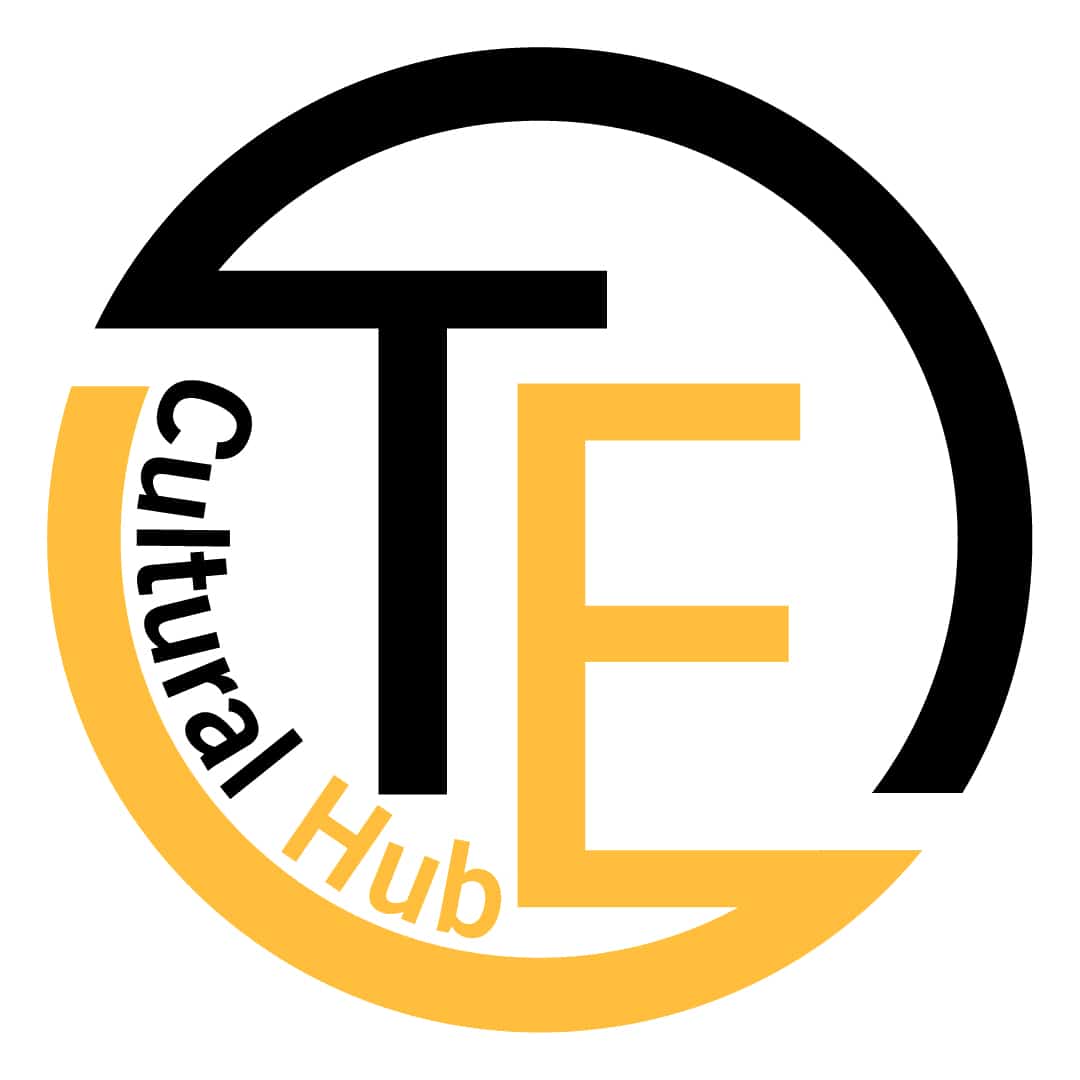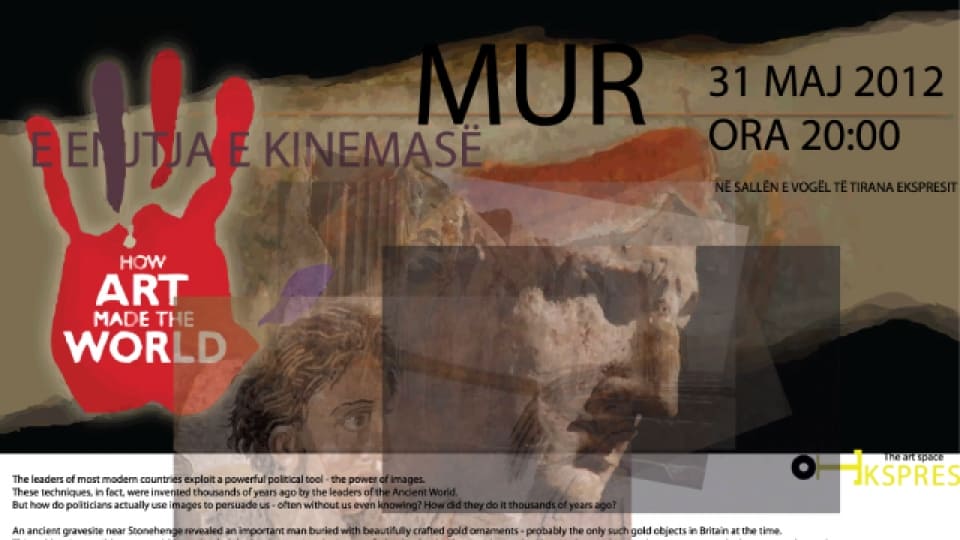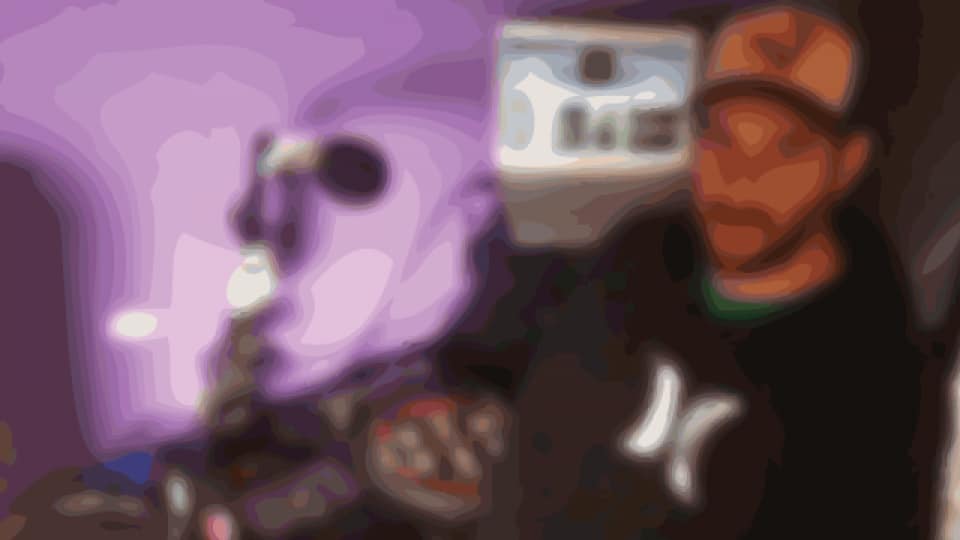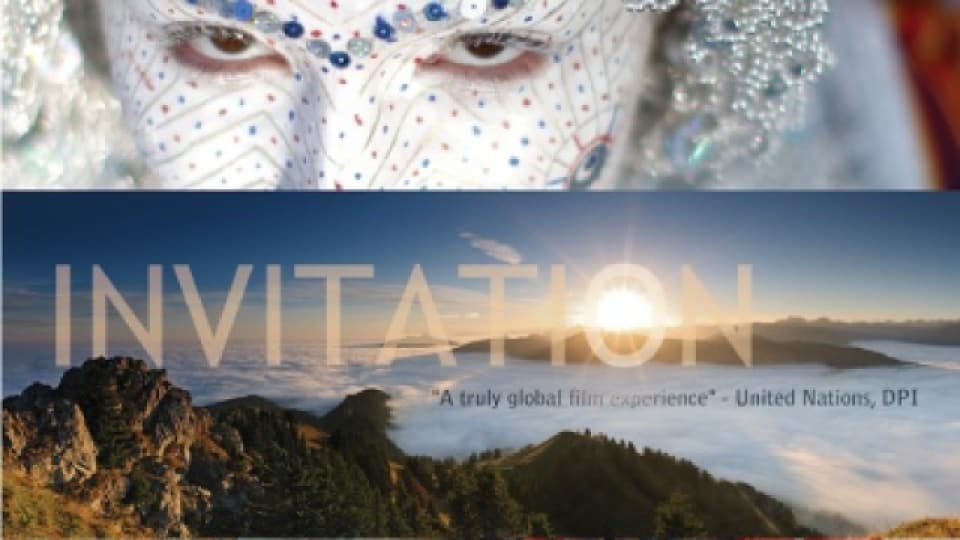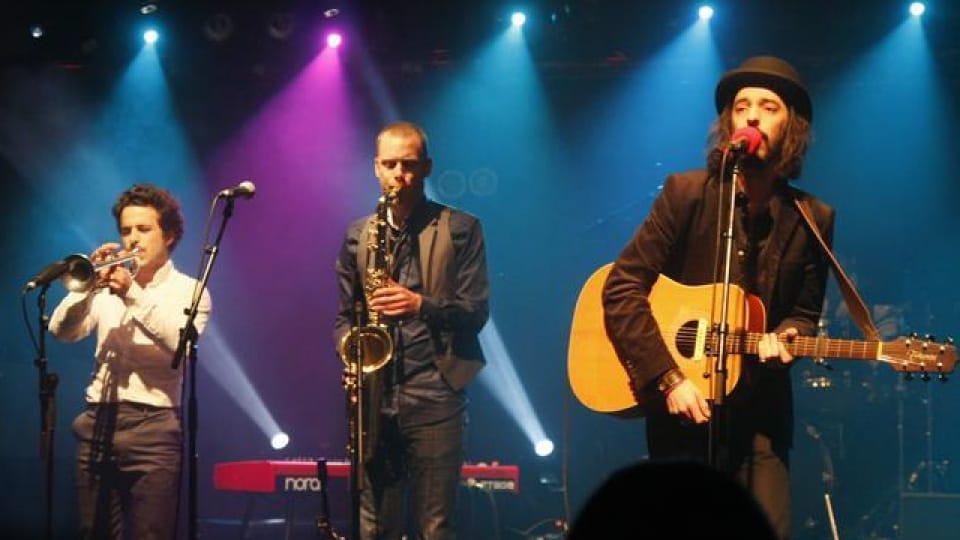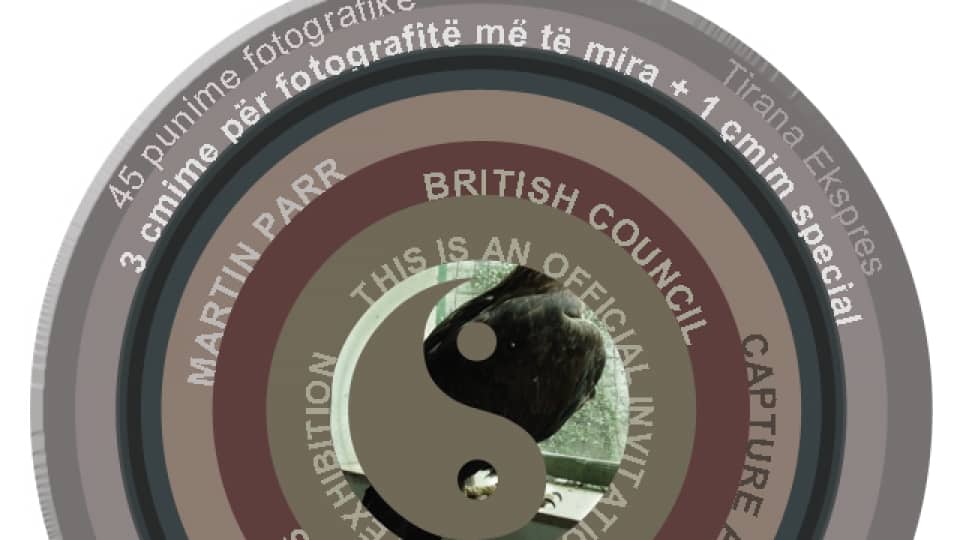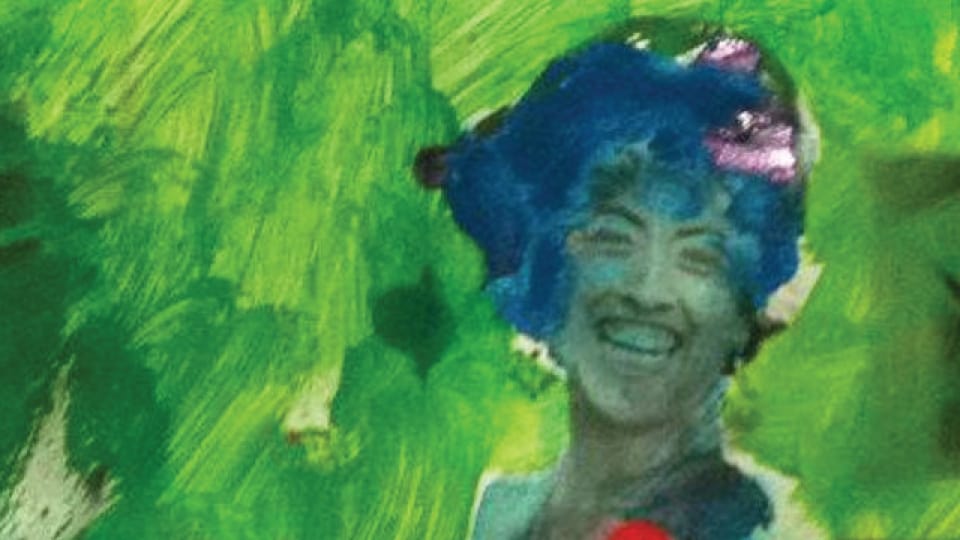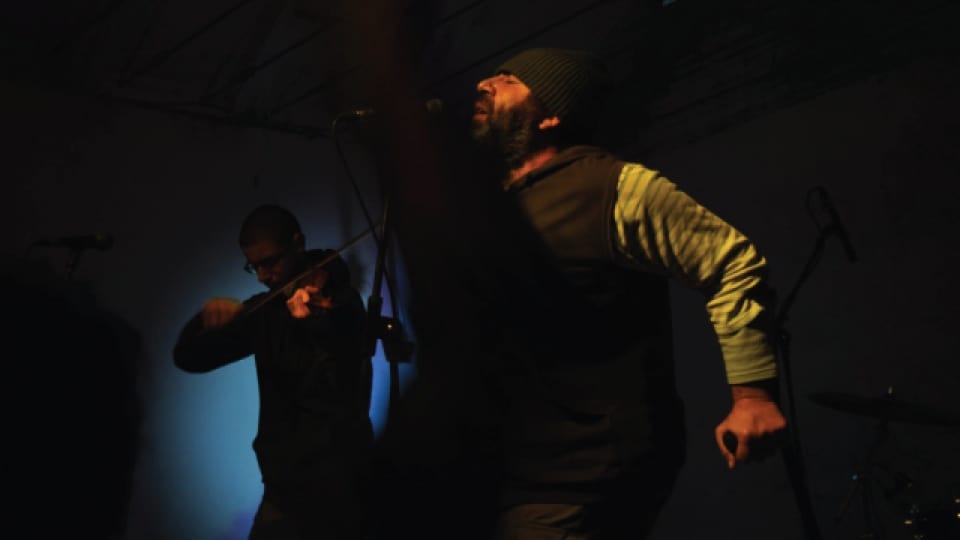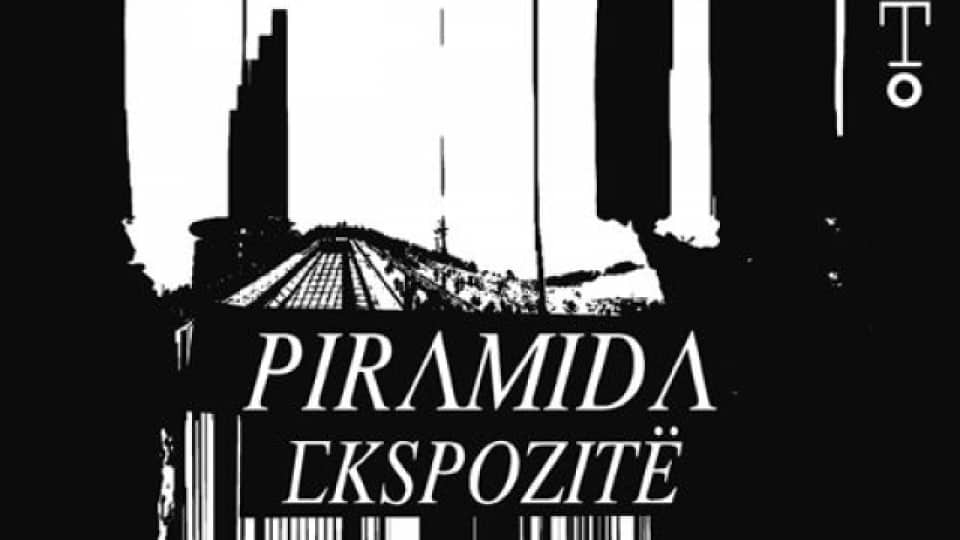Tirana Ekspres is pleased to announce the beginning of a 9 weeks long documentaries’series grouped in two parts. The first series is titled “Light Fantastic” and shows the journey of human undertakings to uncover the secrets of light. The second series is titled “How art made the world” and describes the connections of many crucial aspects of modern life to the early beginnings of human creations. It shows how this modern life objects and phenomena were invented many many years ago by our ancestors and marked the starting point of human artistic expression. MUR will be your weekly appointment with the documentary filmm every thursday evening at 20h00. Don’t miss out.
Please find the description of the series below.
Light Fantastic is the title of a television documentary series that explores the phenomenon of light and aired in December 2004 on BBC Four. The series comprised four programmes respectively titled: “Let There be Light”; “The Light of Reason”; “The Stuff of Light”; and “Light, The Universe and Everything.” The material was presented by Cambridge academic Simon Schaffer. The first episode shows how the desire, by Greek, Arab and Christian scholars to penetrate the divine nature of light led to modern science’s origins. The programme explores the contributions of Empedocles; Euclid; Al Hazen; Roger Bacon; Descartesand Isaac Newton.
LET THERE BE LIGHT
GREEK SCHOLARS
The nature of light, and how we see, was first investigated by the early Greek philosophers. Light seemed to fill all space while allowing a kind of penetration of the world thus offering a clue to the structure of the whole universe. The world was bathed in light but, to bring it within the world of reason, it was necessary to abstract and choose phenomena where light behaved in a special or strange way: Why do faraway objects appear smaller and why do objects change their position and shape when placed underwater?. Empedocles’ idea, that we see objects because light streams out of our eyes and touches them, became the fundamental basis on which mathematicians would construct some of the most important theories on light and vision. Euclid’s Optics expanded this idea to make an important breakthrough: We know in our minds that a faraway building is bigger, yet it is possible to position a finger such that our eye tells us they are of similar size. Euclid’s elegant solution was that the eye and both the tops of finger and building must lie on the same line – thus the rays from the eye must follow straight lines; the new discipline of geometry could thus make predictions and solve problems of light and optics.
Al Hazen
Al Hazen earned a living selling his copies of Euclid’s Geometry before obtaining the patronage of Al Hakim, 6th Fatimid Caliph in Cairo. Al Hazen was unable to fulfill his task of stopping the flooding of the Nile and was imprisoned. Here he noted a problem with Empedocles’s theory: having been in darkness and then suddenly exposed to light, his eyes felt intense pain. It seemed improbable that, if rays were indeed emitted by the eye, this would happen; instead Al Hazen postulated that light rays travelled through space in straight lines and entered our eyes by bouncing off objects. He studied refraction and the symmetry of reflection, producing a seven-volume work which became the new standard text.
Christian Science
In the centuries following Al Hazen’s death, the Catholic Church determined to demonstrate its Divine authority and produce a “Christian” knowledge of light. The translation of the work of the islamic scholars allowed Roger Bacon, in the 13thC, to study and develop Al Hazen’s work through experimentation with the distortion and colour effects of light through glass and water .
THE LIGHT OF REASON
The second episode explores the link between the development of practical tools that manipulate light and the emergence of new ideas. The subject is examined through the work of Tycho Brahe; Galileo; Vermeer; Robert Hooke; William Herschel; Ole Rømer;Charles Darwin and Ernest Rutherford.
THE STUFF OF LIGHT
The Third episode charts the discovery of the true nature of light and the subsequent development of modern technology such as electricity and mobile phones. The pioneers are credited as James Clerk Maxwell; Joseph Swan William Armstrong; Thomas Edison;Wilhelm Röntgen; J.J Thompson; and Max Planck.
In 18scientic wonders of the Victorian world: A prism
LIGHT, THE UNIVERSE AND EVERYTHING
The final episode explores the relationship between light, the eye and the mind and the development of technologies such as photography and cinema. The achievements of John Dalton; Benjamin Thompson; Thomas Young; Lord Rayleigh; Joseph Priestly;Thomas Wedgwood; Eadweard Muybridge; Etienne Jules Marey and Albert Einstein are discussed.
From their knowledge of colour blindness, some Victorian scientists believed they could prove the perceived cultural supremacy of the English by measuring differences of colour perception in different races. The idea was that animals were lower down the evolutionary scale but had better atuned senses than humans. If it could be proved that black people had better responses to light and colour this would be evidence of their inferiority. In 1898 William Rivers, together with a group of Cambridge academics, set off for the Torres Straitsto prove exactly this. Rivers used a tintometer but found his original hypothesis was false and that the range of “colour difference perception” of the islanders was little different from that of the English. When Rivers returned to England he spearheaded dissemination of the fact that there was no scientific evidence to support white supremacy.
The programme continues and describes Priestly’s discovery of photosynthesis.
As seen on http://en.wikipedia.org/wiki/Light_Fantastic_(TV_series)
HOW ART MADE THE WORLD, a lively and provocative investigation into the far-reaching influence of art on society, airs on PBS over five consecutive Mondays, June 26-July 24, 2006. Check local listings. Acclaimed art historian and University of Cambridge lecturer Dr. Nigel Spivey hosts.
Dr. Spivey takes viewers on a quest to comprehend mankind’s unique capacity to understand and explain the world through artistic symbols. Speaking in colorful, non-technical language and aided by state-of-the-art computer graphics, Spivey explores the latest thinking by historians, neuroscientists and psychologists regarding the deep-seated and universal human desire to create art.
Each one-hour episode begins with a modern-day mystery that Spivey seeks to untangle through examinations of some of the most exquisite artifacts ever discovered. Combining aspects of history, archeology, forensics, sociology and aesthetics, Spivey leads an extraordinary video expedition that spans 100,000 years and five continents: from the vast galleries of prehistoric art in the caves of Altamira and Lascaux, to astonishing Native-American and African rock paintings, to the treasures of Ancient Egypt and Classical Greece, right up to the pop culture and advertising imagery that bombards us in the digital age.
Far more than a survey of art history, HOW ART MADE THE WORLD explores the essential functions art served in early civilizations and, in some cases, still serves in modern society. Beyond that, the series seeks answers to such vexing questions as: What made our ancient ancestors create art in the first place? What are the forces that subconsciously guide the artist’s hand? Why, from the very beginning, have we preferred images of the human body with distorted or exaggerated features?
“The essential premise of the show,” says Spivey, “is that of all the defining characteristics of humanity as a species, none is more basic than the inclination to make art. Great apes will smear paint on canvas if they are given brushes and shown how, but they do not instinctively produce art any more than parrots produce conversation. We humans are alone in developing the capacity for symbolic imagery.” In fact, scientists have found growing evidence that our brains are “hardwired” for art and that the shapes, colors and structures inherent in art originate deep within our collective psyche. The series uses the latest research to investigate the biological, social and political forces behind major artistic movements of the past. Spivey then demonstrates how these great turning points in art have reverberated through the centuries to define the visual landscape we now inhabit.
HOW ART MADE THE WORLD takes advantage of the latest computer-generated imaging (CGI) technology to bring to life the dazzling sights of the ancient world that time and humanity have destroyed. Whether it’s the splendor of Persepolis or Luxor, the glory of ancient Rome or the Biblical city of Jericho, CGI allows the modern viewer to exult in sights that haven’t been seen for thousands of years.
At the same time, the series’ award-winning cinematographers employ cutting-edge filming techniques, including heli-cams that offer sweeping views of ancient sites from amazing new viewpoints and macro-lenses that zoom in to capture fascinating details.
Host Dr. Spivey teaches classical art and archaeology at the University of Cambridge, where he is a Fellow of Emmanuel College. His most recent publications include the series companion book How Art Made the World: A Journey to the Origins of Human Creativity (2005), Songs on Bronze: The Greek Myths Made Real (2005), The Ancient Olympics(2004) and Enduring Creation: Art, Pain, and Fortitude (2001).
As seen on http://www.pbs.org/howartmadetheworld/series/ Tirana Ekspres is pleased to announce the beginning of a 9 weeks long documentaries’series grouped in two parts. The first series is titled “Light Fantastic” and shows the journey of human undertakings to uncover the secrets of light. The second series is titled “How art made the world” and describes the connections of many crucial aspects of modern life to the early beginnings of human creations. It shows how this modern life objects and phenomena were invented many many years ago by our ancestors and marked the starting point of human artistic expression. MUR will be your weekly appointment with the documentary filmm every thursday evening at 20h00. Don’t miss out.
Tirana Ekspres is pleased to announce the beginning of a 9 weeks long documentaries’series grouped in two parts. The first series is titled “Light Fantastic” and shows the journey of human undertakings to uncover the secrets of light. The second series is titled “How art made the world” and describes the connections of many crucial aspects of modern life to the early beginnings of human creations. It shows how this modern life objects and phenomena were invented many many years ago by our ancestors and marked the starting point of human artistic expression. MUR will be your weekly appointment with the documentary filmm every thursday evening at 20h00. Don’t miss out.
Please find the description of the series below.
Light Fantastic is the title of a television documentary series that explores the phenomenon of light and aired in December 2004 on BBC Four. The series comprised four programmes respectively titled: “Let There be Light”; “The Light of Reason”; “The Stuff of Light”; and “Light, The Universe and Everything.” The material was presented by Cambridge academic Simon Schaffer. The first episode shows how the desire, by Greek, Arab and Christian scholars to penetrate the divine nature of light led to modern science’s origins. The programme explores the contributions of Empedocles; Euclid; Al Hazen; Roger Bacon; Descartesand Isaac Newton.
LET THERE BE LIGHT
GREEK SCHOLARS
The nature of light, and how we see, was first investigated by the early Greek philosophers. Light seemed to fill all space while allowing a kind of penetration of the world thus offering a clue to the structure of the whole universe. The world was bathed in light but, to bring it within the world of reason, it was necessary to abstract and choose phenomena where light behaved in a special or strange way: Why do faraway objects appear smaller and why do objects change their position and shape when placed underwater?. Empedocles’ idea, that we see objects because light streams out of our eyes and touches them, became the fundamental basis on which mathematicians would construct some of the most important theories on light and vision. Euclid’s Optics expanded this idea to make an important breakthrough: We know in our minds that a faraway building is bigger, yet it is possible to position a finger such that our eye tells us they are of similar size. Euclid’s elegant solution was that the eye and both the tops of finger and building must lie on the same line – thus the rays from the eye must follow straight lines; the new discipline of geometry could thus make predictions and solve problems of light and optics.
Al Hazen
Al Hazen earned a living selling his copies of Euclid’s Geometry before obtaining the patronage of Al Hakim, 6th Fatimid Caliph in Cairo. Al Hazen was unable to fulfill his task of stopping the flooding of the Nile and was imprisoned. Here he noted a problem with Empedocles’s theory: having been in darkness and then suddenly exposed to light, his eyes felt intense pain. It seemed improbable that, if rays were indeed emitted by the eye, this would happen; instead Al Hazen postulated that light rays travelled through space in straight lines and entered our eyes by bouncing off objects. He studied refraction and the symmetry of reflection, producing a seven-volume work which became the new standard text.
Christian Science
In the centuries following Al Hazen’s death, the Catholic Church determined to demonstrate its Divine authority and produce a “Christian” knowledge of light. The translation of the work of the islamic scholars allowed Roger Bacon, in the 13thC, to study and develop Al Hazen’s work through experimentation with the distortion and colour effects of light through glass and water .
THE LIGHT OF REASON
The second episode explores the link between the development of practical tools that manipulate light and the emergence of new ideas. The subject is examined through the work of Tycho Brahe; Galileo; Vermeer; Robert Hooke; William Herschel; Ole Rømer;Charles Darwin and Ernest Rutherford.
THE STUFF OF LIGHT
The Third episode charts the discovery of the true nature of light and the subsequent development of modern technology such as electricity and mobile phones. The pioneers are credited as James Clerk Maxwell; Joseph Swan William Armstrong; Thomas Edison;Wilhelm Röntgen; J.J Thompson; and Max Planck.
In 18scientic wonders of the Victorian world: A prism
LIGHT, THE UNIVERSE AND EVERYTHING
The final episode explores the relationship between light, the eye and the mind and the development of technologies such as photography and cinema. The achievements of John Dalton; Benjamin Thompson; Thomas Young; Lord Rayleigh; Joseph Priestly;Thomas Wedgwood; Eadweard Muybridge; Etienne Jules Marey and Albert Einstein are discussed.
From their knowledge of colour blindness, some Victorian scientists believed they could prove the perceived cultural supremacy of the English by measuring differences of colour perception in different races. The idea was that animals were lower down the evolutionary scale but had better atuned senses than humans. If it could be proved that black people had better responses to light and colour this would be evidence of their inferiority. In 1898 William Rivers, together with a group of Cambridge academics, set off for the Torres Straitsto prove exactly this. Rivers used a tintometer but found his original hypothesis was false and that the range of “colour difference perception” of the islanders was little different from that of the English. When Rivers returned to England he spearheaded dissemination of the fact that there was no scientific evidence to support white supremacy.
The programme continues and describes Priestly’s discovery of photosynthesis.
As seen on http://en.wikipedia.org/wiki/Light_Fantastic_(TV_series)
HOW ART MADE THE WORLD, a lively and provocative investigation into the far-reaching influence of art on society, airs on PBS over five consecutive Mondays, June 26-July 24, 2006. Check local listings. Acclaimed art historian and University of Cambridge lecturer Dr. Nigel Spivey hosts.
Dr. Spivey takes viewers on a quest to comprehend mankind’s unique capacity to understand and explain the world through artistic symbols. Speaking in colorful, non-technical language and aided by state-of-the-art computer graphics, Spivey explores the latest thinking by historians, neuroscientists and psychologists regarding the deep-seated and universal human desire to create art.
Each one-hour episode begins with a modern-day mystery that Spivey seeks to untangle through examinations of some of the most exquisite artifacts ever discovered. Combining aspects of history, archeology, forensics, sociology and aesthetics, Spivey leads an extraordinary video expedition that spans 100,000 years and five continents: from the vast galleries of prehistoric art in the caves of Altamira and Lascaux, to astonishing Native-American and African rock paintings, to the treasures of Ancient Egypt and Classical Greece, right up to the pop culture and advertising imagery that bombards us in the digital age.
Far more than a survey of art history, HOW ART MADE THE WORLD explores the essential functions art served in early civilizations and, in some cases, still serves in modern society. Beyond that, the series seeks answers to such vexing questions as: What made our ancient ancestors create art in the first place? What are the forces that subconsciously guide the artist’s hand? Why, from the very beginning, have we preferred images of the human body with distorted or exaggerated features?
“The essential premise of the show,” says Spivey, “is that of all the defining characteristics of humanity as a species, none is more basic than the inclination to make art. Great apes will smear paint on canvas if they are given brushes and shown how, but they do not instinctively produce art any more than parrots produce conversation. We humans are alone in developing the capacity for symbolic imagery.” In fact, scientists have found growing evidence that our brains are “hardwired” for art and that the shapes, colors and structures inherent in art originate deep within our collective psyche. The series uses the latest research to investigate the biological, social and political forces behind major artistic movements of the past. Spivey then demonstrates how these great turning points in art have reverberated through the centuries to define the visual landscape we now inhabit.
HOW ART MADE THE WORLD takes advantage of the latest computer-generated imaging (CGI) technology to bring to life the dazzling sights of the ancient world that time and humanity have destroyed. Whether it’s the splendor of Persepolis or Luxor, the glory of ancient Rome or the Biblical city of Jericho, CGI allows the modern viewer to exult in sights that haven’t been seen for thousands of years.
At the same time, the series’ award-winning cinematographers employ cutting-edge filming techniques, including heli-cams that offer sweeping views of ancient sites from amazing new viewpoints and macro-lenses that zoom in to capture fascinating details.
Host Dr. Spivey teaches classical art and archaeology at the University of Cambridge, where he is a Fellow of Emmanuel College. His most recent publications include the series companion book How Art Made the World: A Journey to the Origins of Human Creativity (2005), Songs on Bronze: The Greek Myths Made Real (2005), The Ancient Olympics(2004) and Enduring Creation: Art, Pain, and Fortitude (2001).
As seen on http://www.pbs.org/howartmadetheworld/series/
 Tirana Ekspres is pleased to welcome the Toasters for a live concert in the small hall of events this Wednesday at 22h00. Please find the Toasters’Bio hereafter.
Tirana Ekspres is pleased to welcome the Toasters for a live concert in the small hall of events this Wednesday at 22h00. Please find the Toasters’Bio hereafter. Tirana Ekspres is pleased to welcome the Toasters for a live concert in the small hall of events this Wednesday at 22h00. Please find the Toasters’Bio hereafter.
Tirana Ekspres is pleased to welcome the Toasters for a live concert in the small hall of events this Wednesday at 22h00. Please find the Toasters’Bio hereafter.